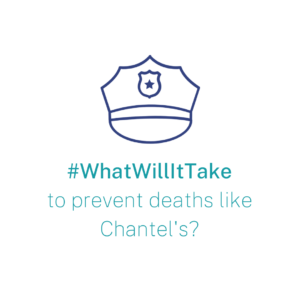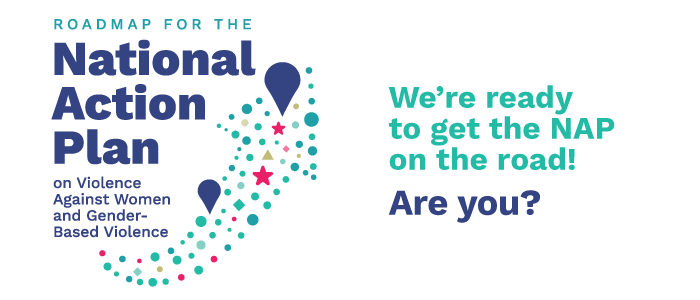 Chantel Moore
Chantel Moore
Content Warning: violence against women, gender-based violence, MMIWG
In June 2020, Edmundston police fatally shot Chantel Moore, an Indigenous mother on whom they were called to perform a so-called wellness check.* Her ex-partner, who lives in Toronto, had asked police to check on her because she was reportedly being harassed in her new home.
Originally from the Tla-o-qui-aht First Nation in BC, 26-year-old Chantel was described as positive, friendly, and excited to be starting a new life in a new community. She leaves behind a young daughter.
Chantel’s death occurred at a time when the use of force by police against Indigenous people was—and remains—under increasing scrutiny.
In addition to standard police investigation, an independent agency was brought in to look into the shooting as New Brunswick does not have an agency that inspects police actions like Ontario’s Special Investigations Unit.
When another Indigenous person was shot by police a week after Chantel was killed, the provincial government halted a plan to give police more emergency powers.
When speaking to media about the case at the time, even Federal Indigenous Services Minister Marc Miller described police violence against Indigenous peoples as “a pattern that keeps repeating itself.”
#WhatWillItTake to prevent deaths like Chantel’s?
Addressing all forms of violence against Indigenous peoples—including by police—is the goal of the National Action Plan: Ending Violence Against Indigenous Women, Girls, and 2SLGBTQQIA+ People released on June 3, 2021.
In support of themes and directions outlined in that Plan, a range of policy actions within the four pillars of this NAP report speak to the specific GBV experiences of Indigenous women and gender diverse people. Policy actions within both NAPs will need to be thoughtfully harmonized.
Crucially, this NAP takes an intersectional framework and approach as violence against women and gender diverse people is inextricably linked to other factors that affect their lives, such as the daily impacts of racism, colonialism, and social/economic inequality that come with being Indigenous in Canada.
Stronger prevention strategies—like what our recommendations propose—that take an intersectional approach to addressing the harmful norms that support violence in systems (like policing), institutions, and populations.
And more responsive legal and justice systems—like what our recommendations propose—would offer stronger recourse for Chantel’s grieving family.
Recommendation 15L would establish independent civilian bodies with the authority to investigate complaints related to GBV within policing and corrections at all levels. They will be comprised of experts and survivors, particularly from Indigenous and Black communities.
Recommendation 16L will create coordinated ways to collect and compile disaggregated data related to GBV experienced by women and gender diverse people across the criminal justice system, including in policing.
Recommendation 1L regarding ongoing mandatory education on GBV for all legal and justice actors would necessarily include better training on non-violent means of de-escalating situations.
Finally, better support for survivors and their families—like what our recommendations propose—is about meeting people’s primary need for healing and justice.
Recommendation 12S establishes a GBV Ombudsperson situated outside of law enforcement systems to whom survivors and their families can report people and institutions who cause harm.
What will it take to achieve a Canada free of gender-based violence?
A bold, ambitious, intersectional National Action Plan (NAP).

